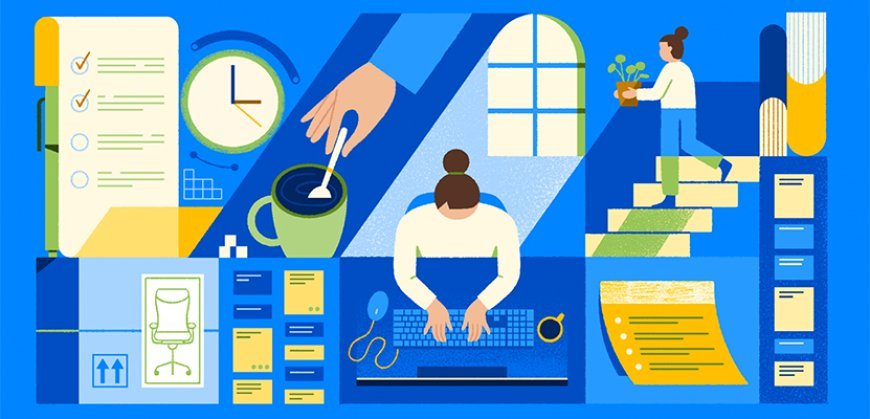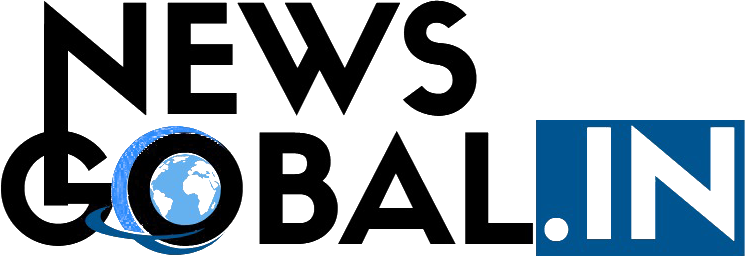10 Proven Ways to Improve Workplace Productivity
What if just a few small changes could double your focus at work? The secret lies in when, how, and why you work, not just what you do.

It’s rarely about lack of effort. Most people care. They’re just stuck under a pile of emails, vague instructions, desk clutter, and tired minds. Work’s getting done, sure. But are things really moving forward?
Improving productivity at the workplace isn’t about buying another app or booking a corporate trainer. It’s about fixing the flow of how people actually work, communicate, and show up every day. Let’s look at what that really means with real-life context.
One Simple Habit That Can Cut Overtime in Half
Sonal works in a legal firm in Hyderabad. Her mornings used to disappear replying to emails and checking LinkedIn. After weeks of staying late, she changed her rhythm: three undisturbed hours each morning, no calls, no inbox. That one switch cut her overtime by half.
Most people are only mentally sharp for 2 to 4 hours a day. Protect that window. For some it’s 7 to 10 AM, for others it’s late afternoon. Schedule deep work during your peak energy hours. The rest, like meetings, admin, and updates, can fill in around it.
Tip: Try blocking your calendar for ‘Focus Work’ each morning, even if it’s just 90 minutes.
Use a To-Do List, but Not Just Any List
A long list is just a guilt trap. A focused list is a tool. Here’s how Rakesh, a content lead in Pune, handles it: each morning, he writes down just three main tasks. Not ten. Not fifteen. Just three that have to be done. Anything else is optional. He calls them “must-moves.” This daily micro-prioritization prevents task overload, reduces stress, and boosts clarity. Pair this with weekly planning where Sunday evenings are reserved for outlining top goals for the week.
Batch Similar Tasks to Work More Efficiently
Jumping between tasks kills efficiency. Every time you switch, your brain takes time to adjust, and productivity suffers. Niharika, a designer at a Bangalore tech startup, used to design, write emails, and join client calls all back-to-back. After learning about “batching,” she now groups similar work into blocks. Mornings are for creative work, afternoons for communication. She gets more done with less exhaustion. Think of your tasks like categories: creative, admin, meetings, review. Group and tackle one category at a time.
Cut Down Meetings to Boost Productivity
This one hits every office. If your calendar is clogged with meetings, ask: Does this need to be a meeting? Could it be a Slack thread? A voice note? A shared doc? An engineering team in Gurgaon implemented a “No Meetings Before 1 PM” rule. Mornings became sacred.

Productivity spiked. If you must meet, keep it focused. Start with a clear agenda. End with action points. Always ask, “What’s next?”
Clean Your Desk to Clear Your Mind
A messy workspace is a silent thief. It steals focus and decision-making capacity. After cleaning her cluttered desk, Meenal, a finance manager, said, “It felt like I could breathe again.” Not a metaphor. Physical mess adds to mental load. Make your space work for you. Good lighting. Clean surfaces. Everything in reach. Even a small touch like a pinned photo or a plant can shift your mood and mindset.
Work in Short Bursts to Stay Sharp
It sounds like a gimmick until it doesn’t. When Arjun’s deep into building models, he keeps things simple: 25 minutes of focused work, then a 5-minute break. He’s a data analyst in Mumbai and swears by the Pomodoro Technique. After four rounds, he steps away for a longer break and comes back recharged. This builds urgency, rhythm, and mental freshness. It also prevents burnout from long, unscheduled slogs.
Take Breaks Without Guilt
Grabbing a chai, stepping out for some air, or closing your eyes for 10 minutes isn’t slacking. It’s a reset. Every few hours, Ritu pauses for 15 minutes. Sometimes she stretches. Sometimes she checks in with a friend. Sometimes she just rests. No matter what, she returns more focused and ready to tackle what’s next. Those quick pauses aren’t optional. They’re what help us stay sharp and cut down on mistakes.
Clear Communication Saves Time at Work
So many hours are lost to vague tasks, unclear instructions, or misread emails. Offices that encourage real conversations save time. Whether it’s a quick sync, a shared board, or a 5-minute voice message, clarity matters. Sudeep, who manages logistics for a Delhi firm, has a rule: “If it takes more than three back-and-forth messages, I call.” That one habit prevents days of delay.
Smart Delegation Boosts Team Productivity
You don’t need to do it all. And if you try, everything slows down. Good managers don’t try to do it all. They delegate smartly, make space for big-picture work, and help their team step up. If you’re leading, ask yourself every week: What can I hand off? If you’re on a team, offer to help with routine tasks your manager is juggling. Delegation isn’t about offloading. It’s about trusting.
Build a Positive Work Environment to Boost Results
Let’s face it. If your workplace is full of drama, poor communication, or silence, all the habits in the world won’t help. But when people feel heard, appreciated, and part of something real, productivity follows without being forced.

One HR team in Chennai started a Friday ritual called “Wins & Worries.” Teams share small victories and roadblocks together. It opened up better conversations and solved issues before they became bottlenecks.
Conclusion
True workplace productivity isn’t flashy. It’s built quietly through solid habits, practical systems, and a space that lets people do deep, uninterrupted work. At its core, it’s about people and how we treat time not as disposable, but as something worth guarding.
FAQs
What’s the most effective way to start improving productivity at work?
A: Start small. Block out your peak focus hours for high-priority tasks. Clean your workspace. Cut unnecessary meetings. Small shifts in habits often lead to bigger changes over time.
How do I find my most productive hours?
A: Track your energy and focus across the day for a week. Note when you feel most alert and clear-headed. Most people peak between 9 AM and noon, but it varies. Once you know your peak, protect it for deep work.
Are meetings really that bad for productivity?
A: Not all meetings, but most are longer than needed. Before scheduling one, ask if the goal can be achieved through a message, document, or short call. Keep meetings short, focused, and purposeful.
How can I handle distractions in a noisy office?
A: Use noise-canceling headphones, set clear “do not disturb” time blocks, or find quieter corners if available. Let your team know when you need focused time. Even 90 minutes of interruption-free work can change your day.
What’s the Pomodoro Technique and why does it work?
A: It’s a time management method: 25 minutes of focused work, followed by a 5-minute break. After four rounds, take a longer break. It keeps your mind fresh and helps you stay consistent without burning out.

 Admin
Admin